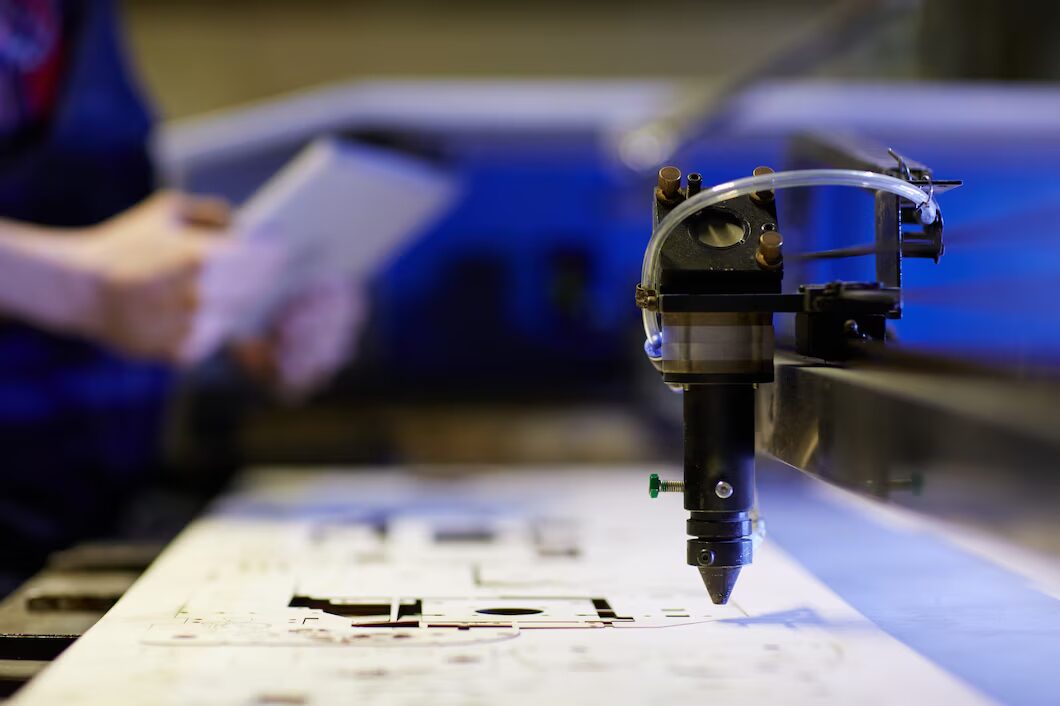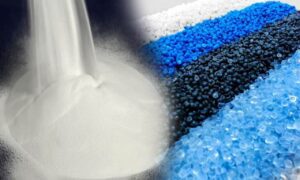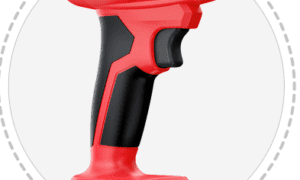In the fierce packing business, it is not sufficient to have bright colors and fancy images to have the product displayed on shelves and sold. It’s important to have elements of the physical form that includes the shape, texture as well as functionality that will lead to the first touch and feel. Conversion of simple printed sheets to packing that captures the imagination and enhances brand identity can be obtained by utilizing professional dying firms that are making stickers or labels for products.
Beyond the Flat Surface: Creating Dimensional Impact
Printers need converting services to change two-dimensional prints into three-dimensional products that are functional. Such assistance is required for eye-popping purposes because printers provide blank sheets and design projects that must be joined together.
The precision cutting technology behind modern die cutting allows for intricate patterns and shapes previously impossible to achieve at scale. When expertly executed, these custom-cut elements don’t just enhance aesthetics—they can improve functionality, showcase product features, and create packaging that consumers want to keep and reuse.
Precision Matters: The Technical Edge
What separates mediocre packaging from an amazing one is most of the time the level of precision put in the cutting used in production. Expert die-cutting companies deploy modern machinery that’s able to achieve incredibly sharp and accurate cuts across an assortment of materials including but not limited to flimsy, thin paper materials, to heavier, thicket corrugated board materials.
Versatility in Materials and Applications
Current die-cutting services have expanded to support a broad range of materials and design definition requirements. Starting from papers as light as 004″ to heavy board ranging up 1 to 25pt thickness, the flexibility of the latest die-cutting design enables the designers to choose the right poster material for their unique packaging design requirements, while maintaining the potential for creating the perfect design.
This material flexibility extends to specialized substrates including chipboard, foam core, Sintra/Celtic, and various corrugated flutes, opening up possibilities for packaging across industries—from luxury retail goods to industrial components requiring secure transportation solutions.
Complementary Techniques That Enhance Impact
Advanced die-cutting services rarely work in isolation. The most effective packaging solutions integrate complementary finishing techniques like scoring, embossing, and specialized folding to create truly distinctive results. When these techniques work in harmony, packaging transcends mere containment to become a powerful communication tool that reinforces brand identity.
For example, precision scoring creates clean fold lines that ensure packaging assembles correctly, while strategically placed embossing adds tactile elements that encourage consumer interaction. When executed by skilled professionals with state-of-the-art equipment, these combined techniques elevate packaging from functional to exceptional.
Selecting the Right Die Cutting Partner
It is worthwhile choosing the right die-cutting services provider for the marketing and advertisement specialists to whom print shops and design firms operate, as the eventual commercialization of innovative concepts hugely depends on them providing the proper support and guidance. The most desirable of them, therefore, not only extends technical services but also shares additional strategic resources that can elevate the designs in the form of key insights.
Conclusion
In the competitive world of the retail market these days, attention-grabbing packaging has become a key differentiator in order to engage and build a following with the consumer base. With the help of professional die cutting services, the mundane-looking printed items are transformed into engaging materials that help differentiate one brand from the other.



































